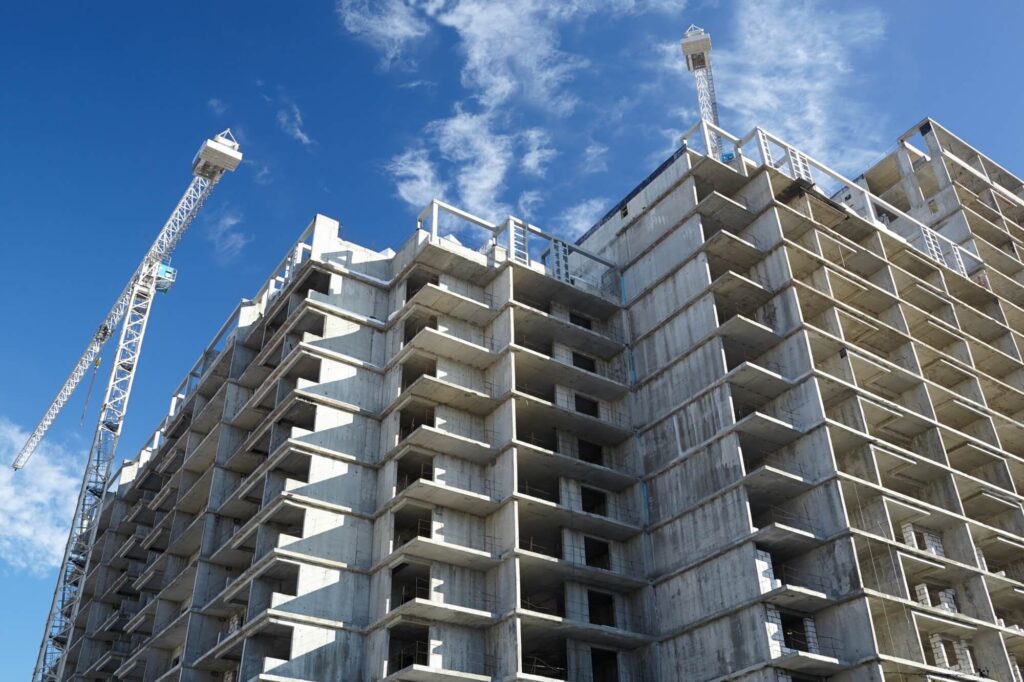In the realm of construction, the choice of materials can make or break a project. From the foundation to the finishing touches, each material contributes to the structure’s strength, durability, and overall quality. However, navigating through the myriad of options available can be overwhelming. To help streamline the decision-making process, we’ve compiled this comprehensive guide on how to choose the right construction materials for your project.
1. Understand Your Project’s Requirements:
Before delving into material selection, it’s imperative to have a clear understanding of your project’s specific needs. Consider factors such as the type of building, its intended use, environmental conditions, and regulatory requirements. Whether you’re constructing a residential home, a commercial space, or an industrial facility, each project comes with its own set of challenges and considerations.
2. Evaluate Material Performance:
Once you’ve identified your project requirements, it’s time to assess the performance characteristics of different construction materials. Factors such as strength, durability, thermal insulation, fire resistance, and maintenance requirements should be carefully considered. For instance, if you’re building in an area prone to seismic activity, you’ll need materials that offer excellent structural integrity and flexibility to withstand earthquakes.
3. Consider Environmental Impact:
In today’s eco-conscious world, sustainability is a key consideration in material selection. Opting for environmentally friendly materials not only reduces the project’s carbon footprint but also contributes to long-term sustainability. Look for materials that are renewable, recyclable, or have low embodied energy. Additionally, consider factors such as off-gassing of volatile organic compounds (VOCs) and indoor air quality implications.
4. Factor in Cost and Budget Constraints:
Budgetary considerations play a significant role in material selection. While it may be tempting to opt for the cheapest option available, it’s essential to consider long-term costs and benefits. Cheaper materials may require more frequent maintenance or replacement, leading to higher overall expenses. Conduct a thorough cost-benefit analysis to determine the most cost-effective solution that meets your project’s requirements without compromising quality.
5. Seek Expert Advice:
Navigating the complexities of material selection can be challenging, which is why it’s essential to seek guidance from industry experts. Architects, engineers, and construction professionals, including experts from TBF Quadrons, can offer valuable insights and recommendations tailored to your project’s specific needs. Additionally, manufacturers and suppliers can provide technical expertise and assistance in selecting the most suitable materials for your application.
In conclusion, choosing the right construction materials for your project is a multifaceted process that requires careful consideration of various factors. By understanding your project requirements, evaluating material performance, considering environmental impact, factoring in cost constraints, and seeking expert advice, you can make informed decisions that ensure the success and longevity of your construction project.

